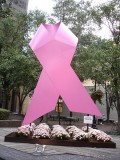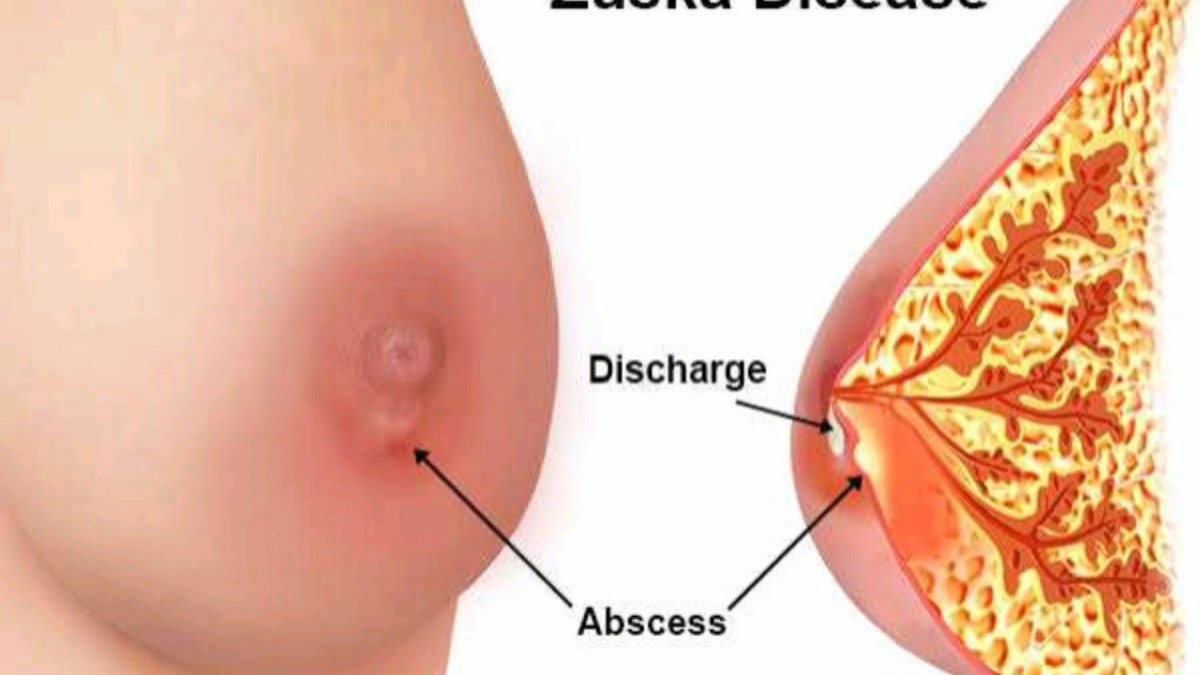The Mushrooms That Can Treat Breast Cancer, Digest Polyurethane and Replace Styrofoam

Multitasking Drugs
Medical and Research Sciences helped us to find natural substances that multitask across the divergent fields of medicine and waste management. In the future we expect to be able to benefit from more of these types of discovery.
In 2012, research uncovered the startling fact that a fungus previously proven to yield a medication useful in the treatment of breast and other cancers can also dissolve those pesky plastics and replace Styrofoam that nothing so far can destroy.
Biodegradable Styrofoam
Another fungus was discovered as a sticky substance on the bottom of mushrooms. It had been discovered before and been called mycelium, but college students also found that it could be developed pretty easily into glue. The glue could then be combined with food byproducts like corn husks to make a product very similar to Styrofoam, but biodegradable. The students formed their own company and called it Ecovative.
The sustainable, biodegradable materials of Ecovative can be grown into items as diverse as building materials or automotive parts that are currently Styrofoam based. No light, water or petrochemicals are needed to grow parts as if they were mushrooms.
The body of research shows that taxol comes from the Pacific yew and other plantlife, produced by an associated fungus (e.g. mushroom), and has been effective in the treatment of breast and other cancers, despite some unpleasant side effects in some patients.
Research students in a class that studies rain forest plants regularly through Yale University studied the fungus named pestalotiopsis microspora, found by students most recently in Ecuador.It is associated not only with yew, but also with the guava, growing inside the tissues of these plants in symbiosis.
Results from studies in 2008 - 2012 showed that the fungus can subsist on polyurethane alone in a vacuum (no oxygen, light, or water needed). This makes it perfect to use in eliminating plastic trash, by dissolving and consuming it.
Background References:
Song, D., Hsu, L.-F. and Au, J. L.-S. (1996), Binding of taxol to plastic and glass containers and protein under in vitro conditions. J. Pharm. Sci., 85: 29–31. doi: 10.1021/js950286j
- Results: Data indicated (a) rapid and nonspecific adsorption (binding) of taxol to plastic and glass surfaces, (b) stabilization of taxol in culture medium by FBS, and (c) saturable protein binding of taxol in culture medium.
- Study completed through College of Pharmacy and Comprehensive Cancer Center, The Ohio State University, 500 West 12th Avenue, Columbus, OH 43210.
Precedent For Off Label Use
Clonidine was a popular drug emerging in the 1980s and first tested in 1966 that was soon prescribed for more off label uses than for its manufactured purpose of controlling hypertension (high blood pressure). This medication has been used successfully in a number of cases of neurologically related conditions such as OCD, ADHD, tics associated with ADHD and Tourette's, drug and alcohol withdrawal symptoms, hot flashes (to some extent), sleep bruxism (teeth grinding), and several others.
Interestingly, clonidine was developed from nose drops that lowered the blood pressure of patients too far, to the extent of hypotension.
Taxol
Taxol is used as a Paclitaxel Injection in chemotherapy treatments in a hospital and under the supervision of a physician. The National Institutes of Health (NIH) instruct us that this injection comes in two forms, depending where in the body it needs to go to fight the cancer.
The first form is Abraxane, which is manufactured with human albumin for use against some cases of breast cancer, and the second form is Onxol is manufactured with a solvent: polyoxyethylated castor oil, plus alcohol. A solvent dissolves things and Onxol may cause a dangerous allergic reaction that must be handled quickly. Onxol is used against ovarian, lung, and breast cancer, but also against Kaposi's sarcoma.
These taxol based injections can also be used to treat other forms of cancer.

Dissolving Plastics Out Of a Solution
The method of dissolving plastics is most useful in America's landfills via injection of the substance into the trash. However, many of the landfills are lined with plastic before receiving the first load of trash, so this plastic liner might be dissolved as well, sending harmful substances into the ground water. The best plan thus far proposed is to dig a new landfill, lining it with metal liners or some other material, load trash into it, and dissolve the trash.
Dissolving the accumulation of plastics in the North Pacific Ocean (the Pacific Garbage Patch) and in four additional gyres of rotating ocean currents around the world, is more difficult.
The Garbage Patch is like a soup rather than a solid. The garbage patch we know best, that in the Pacific, is not a mass of plastic twice the size of Texas, but a section of ocean that large and it contains a multitude of small pieces of plastic. Surprisingly, it is not an island, but a solution of ocean water and debris (reference: 5 Gyres link below). Worse, the Earth has five such areas.
Quoted from PerthNow, February 26, 2010:
About the Atlantic Gyre north of the Caribbean:
The plastic debris is so small it mingles in with the seaweed and gets mistaken for food.
The same is true of the North Pacific Gyre, density of both being 200,000 tiny pieces of plastic per square kilometer.Sea life and waterfowl accidentally eat the debris and die.
Floating Plastic Islands
- 5 Gyres - Understanding Plastic Pollution; Exploration, Education, and Action
Surprisingly, the world has 5 locations of plastics accumulation in the oceans and they are not solid. They float and become larger.










